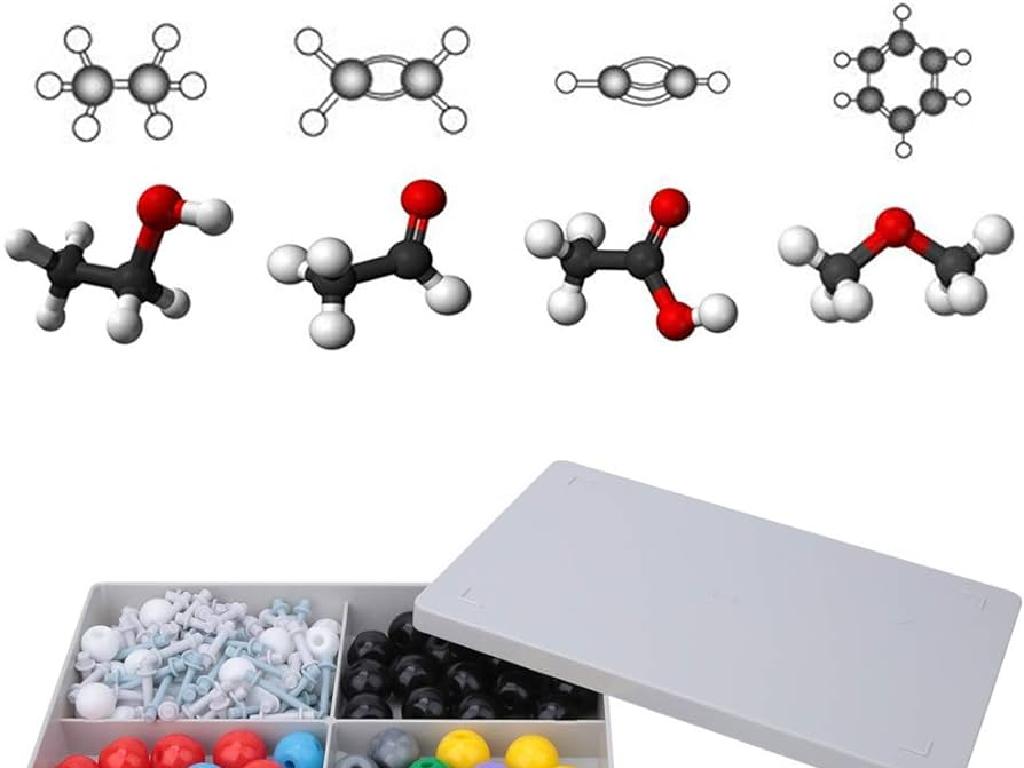Add And Subtract Numbers - Up To 100
Subject: Math
Grade: Second grade
Topic: Mixed Operations: Two Digits
Summary: This engaging second grade math lesson teaches students to confidently add and subtract two-digit numbers up to 100, using number lines, hands-on objects, and real-life examples. Learners will master essential skills such as carrying over and borrowing, aligning numbers by place value, and solving problems both independently and in pairs. Interactive activities and detective-themed games make practicing addition and subtraction fun, while building a strong foundation for future math success.
Please LOG IN to download the presentation. Access is available to registered users only.
View More Content
Welcome to Mixed Operations!
– Learn to add and subtract up to 100
– Combining and taking apart numbers
– Like putting together or removing blocks
– Applying math in daily life
– Use it for counting money or sharing snacks
– Become math detectives!
– Solve puzzles using clues (numbers)
|
This slide introduces second-grade students to the concept of mixed operations with two-digit numbers, focusing on addition and subtraction within 100. Emphasize the practicality of these skills in everyday situations, such as counting money or dividing items among friends. Encourage the students to think of themselves as ‘math detectives’ who can solve problems by looking for numerical clues. Provide examples such as ‘If you have 70 stickers and get 20 more, how many do you have in total?’ or ‘If you have 50 candies and you give away 25, how many are left?’ These real-world connections make the math concepts more relatable and easier to understand. Prepare to engage the students with interactive activities where they can practice adding and subtracting with hands-on materials or through storytelling that involves math problems.
Understanding Addition: Combining Numbers
– Addition means combining numbers
– Example with apples
– If you start with 3 apples and get 2 more, let’s find the total.
– Counting together: 3 + 2
– Let’s add 3 apples and 2 apples together.
– Finding the total: equals 5
– When we combine 3 and 2, we have 5 apples in total.
|
This slide introduces the concept of addition as a way to combine two or more numbers to find the total. Use everyday examples, like combining apples, to make the concept relatable and easier to understand for second graders. Encourage the students to visualize the addition process by counting the total number of apples together. Emphasize that addition is simply finding out how many items you have altogether. During the class, practice this concept with various objects to reinforce the idea of combining quantities to find a new total.
Understanding Subtraction
– Subtraction means taking away
– Example with oranges
– If you start with 5 oranges and give 2 away, how many do you have?
– Subtracting step by step
– 5 oranges – 2 oranges = 3 oranges left
– Practice with real objects
– Use toys or snacks to practice subtracting
|
This slide introduces the concept of subtraction to second graders by relating it to a simple real-life scenario involving oranges. Subtraction is explained as the process of taking away one number from another. The example provided uses a familiar item (oranges) to help students visualize the subtraction process. The slide encourages students to follow along with the example and then apply the concept using tangible items, which helps to solidify their understanding. In the next class, students can be asked to bring small items from home to practice subtraction in a hands-on activity. The teacher should walk around the classroom to assist and ensure students are correctly applying the concept of subtraction.
Adding Numbers Up to 100
– Use a number line for addition
– Example: Adding 23 and 45
– Let’s add 23 + 45 step by step
– First jump 23 spots on the line
– Start at 0, jump 23 spots to the right
– Then add 45 more spots
– From 23, jump 45 spots to end at 68
|
This slide introduces students to the concept of addition using a number line, which is a visual tool that helps them understand how to add two numbers up to 100. Start by explaining the number line and how to use it for adding numbers. Use the example 23 + 45 to demonstrate the process: begin at 0, make a big jump to 23, then add 45 more to land at the sum of 68. Encourage students to visualize the jumps on the number line as they add. This method reinforces the concept of addition as a series of jumps or increments along the number line. During the class, guide the students through several examples, and let them practice with their own number lines.
Subtracting Numbers Up to 100
– Use a number line for subtraction
– Example: 76 – 29
– Subtracting means taking away, like having 76 candies and giving away 29
– Start at 76, jump back 29 spots
– Visualize 76 on a line, then hop back 29 times to find the answer
– Count backwards together
– We’ll practice counting backwards from 76 to find what’s left
|
This slide introduces the concept of subtraction using a number line, which is a visual tool that helps students understand the process of taking away. By starting at the number 76 and counting backwards 29 spots, students can visually see the subtraction process. It’s important to walk through the example together, counting each hop back on the number line. Encourage students to use their fingers or counters to represent each backward step. This interactive approach helps solidify the concept of subtraction and prepares students for more complex problems. During the next class, we can have students come up to the board and demonstrate subtracting different numbers using a number line, reinforcing the lesson through active participation.
Carrying Over and Borrowing in Addition and Subtraction
– Understanding carrying over
– When a column adds to 10 or more, we carry over.
– Borrowing in subtraction
– If the top number is smaller, we borrow from the next left column.
– Example: Adding 34 + 29
– 34 + 29, we carry over 1 to the tens place because 4 + 9 = 13.
– Example: Subtracting 52 – 37
– 52 – 37, we borrow 1 from the tens place because 2 is less than 7.
|
This slide introduces the concepts of carrying over and borrowing, which are essential for adding and subtracting two-digit numbers. When adding and the sum in one column is 10 or more, we ‘carry over’ the extra to the next column on the left. Conversely, when subtracting and the top number is smaller than the bottom number in a column, we ‘borrow’ from the next column on the left. Use the examples provided to walk through these processes step by step, ensuring to highlight the importance of aligning the numbers by their place value. Encourage students to practice these techniques with additional examples and to understand that these are just systematic ways of adding or subtracting larger numbers.
Let’s Practice Together: Adding & Subtracting
– Try solving problems independently
– Align numbers by place value
– Ones under ones, tens under tens
– Carry over when adding
– E.g., 47+36, carry the 1 from 7+6=13
– Borrow when subtracting
– E.g., 52-29, borrow from the 5 as you can’t subtract 9 from 2
|
This slide is an activity for students to practice addition and subtraction problems up to 100. Remind them to carefully align the numbers by place value, ensuring ones are under ones and tens under tens, which is crucial for accurate calculations. When adding and the sum exceeds 9, they need to ‘carry over’ to the next place value. Conversely, when subtracting and the top number is smaller, they should ‘borrow’ from the next place value. Provide several examples of each and encourage students to work through the problems step by step. Offer 4-5 different problems for students to solve, catering to varying levels of difficulty to accommodate all learners.
Math Detective: Solving the Mystery
– Pair up with a fellow detective
– Solve addition and subtraction problems
– Use your skills to add and subtract numbers up to 100
– Each answer reveals a mystery clue
– Think like a detective and find the right answers
– Uncover the secret of mixed-up numbers
|
This class activity transforms the students into math detectives, making learning interactive and fun. Have the students work in pairs to encourage teamwork. Provide them with a series of addition and subtraction problems within 100. Each problem they solve will give them a clue. These clues should lead them to solve a larger ‘mystery’ you’ve created, such as finding a hidden word or solving a riddle. Prepare different sets of problems for each pair to ensure all students are engaged and the final mystery solution is a collaborative effort. Possible activities: 1) Decoding a secret message with numbers, 2) Finding a ‘treasure’ hidden in the classroom by following numerical clues, 3) Solving a puzzle that requires a series of correct answers to complete.
Great Work on Adding and Subtracting!
– Proud of your math skills today
– Adding and subtracting up to 100
– You’ve mastered sums and differences within 100
– Practice makes you even better
– Try more at home to become a math whiz
– Exciting math adventures ahead
– Get ready for more fun with numbers next class
|
This slide is meant to congratulate the students on their hard work during the lesson and to encourage them to continue practicing at home. Emphasize the importance of practice in mastering math skills. Provide some simple addition and subtraction problems for them to work on as homework. Let them know that their efforts are appreciated and that you’re looking forward to seeing them apply their new skills in future lessons. This positive reinforcement helps build their confidence and excitement for learning more about math.




